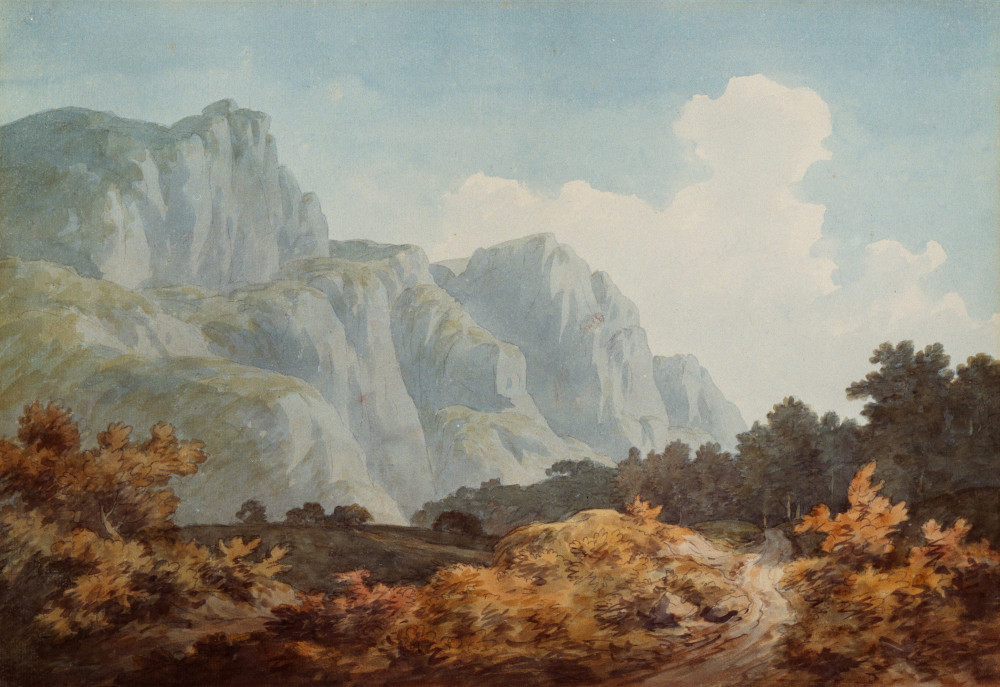
How Much Does an Artist Make Per Year
The world of art is as diverse as the individuals who create it. Artists come from various backgrounds and work in multiple mediums, including painting, sculpture, music, literature, and digital arts. Each artist's journey is unique, leading to significant variations in income. Understanding how much artists make per year can provide insight into the financial realities of pursuing a career in the arts. In this article, we will explore the different factors that influence an artist's income, the various types of artists, and the income ranges associated with different artistic professions.
The Diversity of Artistic Professions
Before delving into income specifics, it is essential to recognize the diversity of artistic professions. Artists can be broadly categorized into several groups, including visual artists (painters, sculptors, photographers), performing artists (musicians, actors, dancers), and literary artists (authors, poets, playwrights). Each category has its income dynamics influenced by factors like market demand, funding availability, and individual talent.
Factors Influencing Artist Income
Several factors can significantly affect an artist's income. Understanding these factors is crucial for aspiring artists and those interested in the economics of art. Here are some key elements that influence how much artists make:
- Medium and Genre: Different art forms and genres have varying market values. For instance, a successful abstract painter may command higher prices than a landscape painter, depending on trends and demand.
- Location: Artists based in major metropolitan areas often have access to more galleries, higher-paying clients, and larger audiences than those in rural areas.
- Experience and Reputation: Established artists with a strong portfolio and reputation tend to earn more than emerging artists. Awards, exhibitions, and critical acclaim can enhance an artist's marketability.
- Economic Conditions: The broader economy affects discretionary spending on art. During economic downturns, art sales may decline, impacting artists' incomes.
- Sales Channels: The method of selling art—whether through galleries, online platforms, or direct commissions—affects the income an artist can generate. Artists who successfully leverage social media and online sales can reach wider audiences.
Income Ranges for Different Types of Artists
Income can vary widely among different types of artists. Here, we break down average earnings for some common artistic professions:
Visual Artists
Visual artists, including painters, sculptors, and photographers, often experience a broad range of incomes. According to various surveys, the median income for visual artists in the United States is around $50,000 per year. However, top artists can earn significantly more, with some selling pieces for hundreds of thousands or even millions of dollars. Emerging artists may struggle, often making less than $20,000 annually, particularly if they are not yet established in the art market.
Musicians
Musicians' incomes can be notoriously volatile. Many musicians earn money through a combination of live performances, album sales, streaming royalties, and merchandise. According to the Bureau of Labor Statistics, the median annual wage for musicians and singers is approximately $35,000. However, successful musicians can earn substantially more, with top artists making millions through tours and record sales. Emerging musicians often face challenges, sometimes earning less than $15,000 a year as they build their careers.
Actors and Performers
Like musicians, actors' incomes can vary dramatically based on experience, role, and industry demand. According to the Screen Actors Guild, the median annual income for actors is around $20,000. However, established actors in major film or television roles can earn millions per project. Many aspiring actors take on additional jobs to support their careers while auditioning. The competitive nature of the industry means that many actors may not earn a living wage from acting alone.
Writers and Authors
The income for writers and authors can also be highly variable. According to the Authors Guild, the median income for authors is approximately $20,000 per year, with many authors earning significantly less, especially those who are self-published or just starting out. Successful authors can earn substantial sums through book sales, royalties, and advances, with some bestsellers earning six or seven figures annually. However, the market is highly competitive, and many writers supplement their income with freelance work or teaching.
The Impact of Technology on Artist Income
In recent years, technology has transformed the art world, providing new avenues for artists to showcase and sell their work. Online platforms and social media have enabled artists to reach wider audiences than ever before. Many artists now sell their work directly to consumers through e-commerce websites, reducing reliance on traditional galleries. This shift has democratized access to art, allowing emerging artists to build their brands and connect with collectors globally.
Funding and Grants for Artists
Many artists rely on grants, fellowships, and funding opportunities to support their work. Various organizations, both governmental and non-governmental, offer financial assistance to artists to help them create new works or support their living expenses while they pursue their art. These funds can be critical for emerging artists who may not yet have established a reliable income stream from their work.
In summary, how much an artist makes per year varies widely based on many factors, including the type of art they create, their experience level, location, and the current economic climate. While some artists enjoy lucrative careers, many face significant challenges in making a sustainable living from their art. Aspiring artists should be aware of these realities and consider diverse income streams, such as grants and online sales, to support their artistic endeavors. Ultimately, the journey of an artist is as much about passion and creativity as it is about navigating the complexities of the art market.
As the world continues to evolve, so too will the opportunities for artists to thrive financially. By embracing new technologies, networking, and exploring various avenues for income, artists can carve out their paths in an ever-changing landscape.


